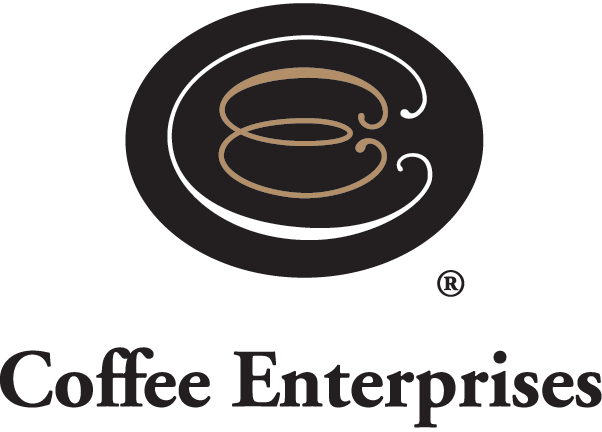Coffee and Safety: Preventing Spills and Burns
As coffee people, we have a professional point of view on many of the properties of coffee. Because coffee is an agricultural product, varying from year to year, we are constantly discovering new taste profiles to keep us interested in that day’s coffee choice. We are always finding something new and different about our favorite beverage.
In our partner lab, Coffee Analysts, the staff works to keep our client’s products consistent in taste and quality, and provide scientific quality testing and consulting services to the coffee industry.
However, at Coffee Enterprises, we often work with the unhappier side of the coffee business – people who get burned by spilled hot coffee, tea, cocoa and cider. In a lot of these cases very young kids, even infants, are severely burned. After several years’ perspective in listening to these cases, we’d like to offer some insight.
The industry-wide recommendation for proper extraction of flavor compounds is 195 °F to 205 °F. Because of the impact of water temperature on beverage quality, this brewing temperature range has become an industry standard for both commercial and consumer brewers. We have seen several ads for home brewers, ranging from Hammacher Schlemmer’s The Bitterness Eliminating Coffee Maker, with a 200 °F temperature setting, touted to eliminate bitter taste, to the new Chemex Ottomatic with a heating range of 197.6 °F – 204.8 °F. Most commercial brewers have a pre-set temperature, usually about 200 °F. Cups, lids and safety sleeves have all kinds of warnings written all over them, so everyone should be aware that the contents of the cups are HOT. Coffee needs to be brewed hot in order to have optimal flavor!
But accidents can and will happen, and we have come across some really severe burn situations on toddlers. Here are a few things you can do for your child to avoid them getting scalded by your favorite beverage.
Do not hand off hot beverages to a child who is restrained either in a car seat or with a seat belt on. Save the hot drinks for home, where you don’t have to monitor a back seat situation. Seems pretty common sense, but that fact that the child is restrained from jumping up and getting a spilled hot beverage off their body while strapped in the car just makes the burns worse – and you can’t really help them when you are belted in the front seat driving. A lot of the most severe cases we see are when the hot beverage has time to sink into clothing and stay on the skin.
If you have a child in a stroller, try to remember that entering a busy coffee shop filled with people carrying hot beverages increases the chances of someone either bumping into you with their hot coffee or your kid grabbing something off a table and spilling it on himself. Realize that you are entering an all-hands-on-deck awareness situation. Also, keep the kids away from the counter, the second most likely spill zone in a coffee shop, after an unbalanced table.
Coffee is served hot for a reason; it will taste terrible if it is under-extracted by water that is not up to temperature. This also goes for cocoa. The water temperature must be hot enough to dissolve the cocoa powder in order for the beverage to taste right and not leave lots of residue in the cup. Hot beverages are meant to be ingested in small sips, and anytime you spill a hot beverage on your skin, even at temperatures of 150 °F, you will experience burning.
And for your own personal safety, if you are going through a drive through to get your coffee or tea, best practices include asking the attendant if the lid is secure before you take it – and remember that removing a lid to add condiments while you are in a drive-thru is asking for trouble.
I am frequently (too frequently) called upon to offer expert testimony in cases where someone was burned by hot coffee and while I always feel sympathy for the victim, I will always defend the need to brew and consume beverages that are inherently hot.
Remember this mantra: Temperature + Mass + Exposure time + Location on body + Age + Gender = Degree of Severity of Burn.
You can learn more here about Handling Hot Coffee.

